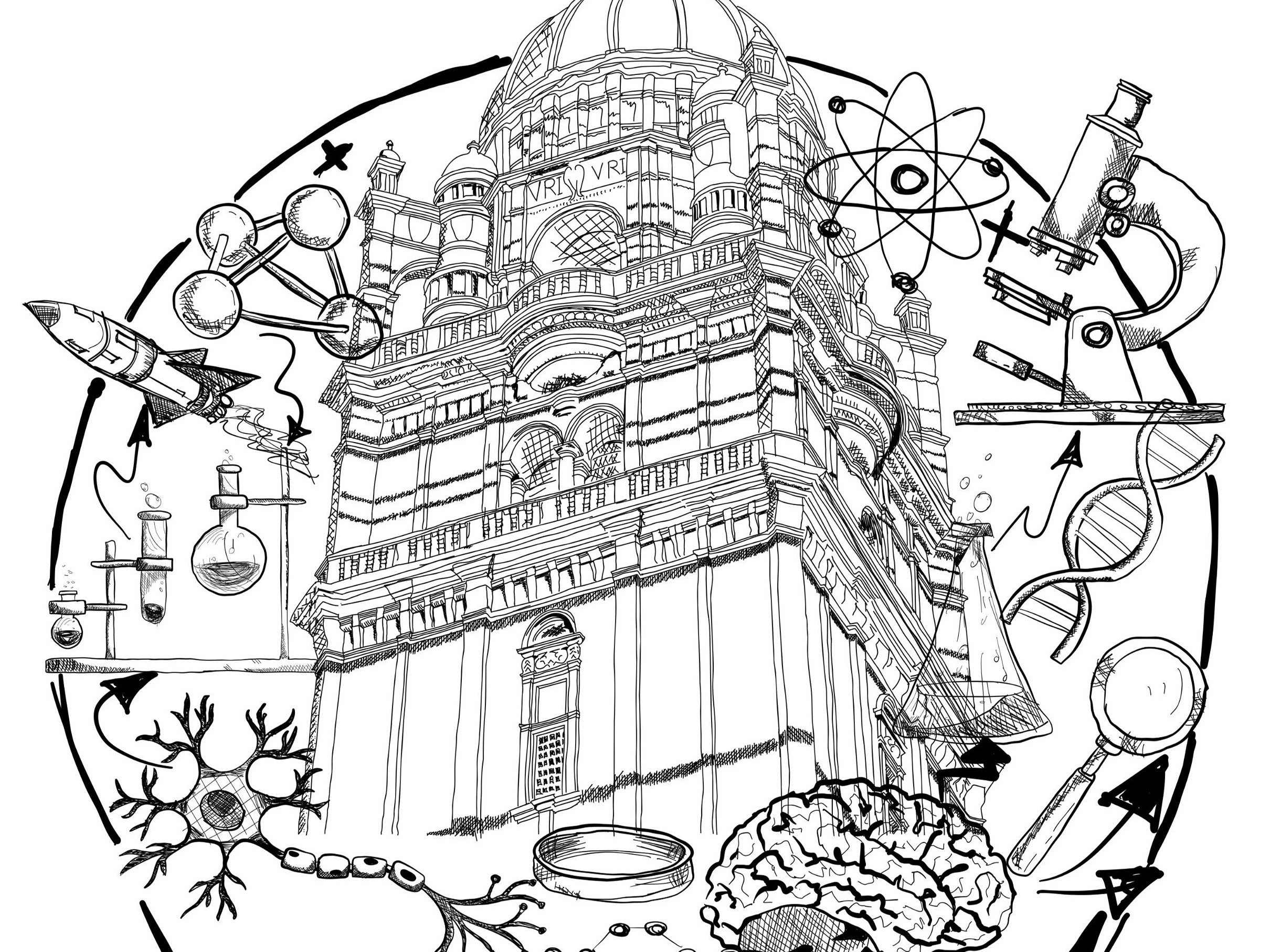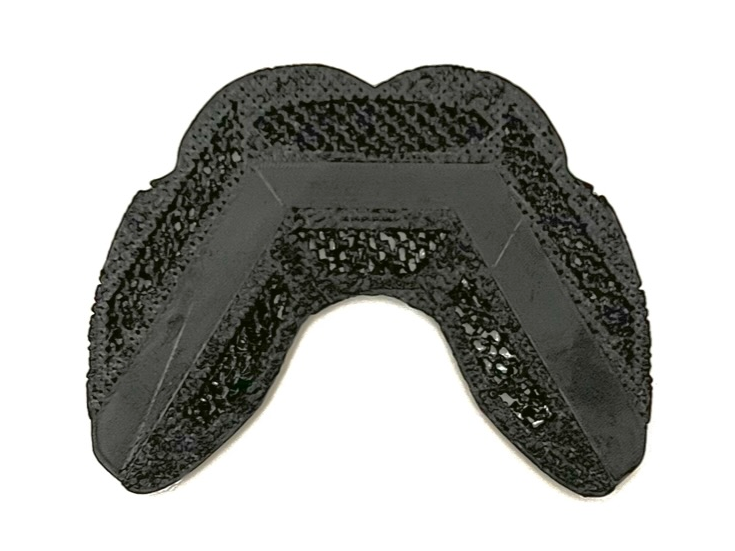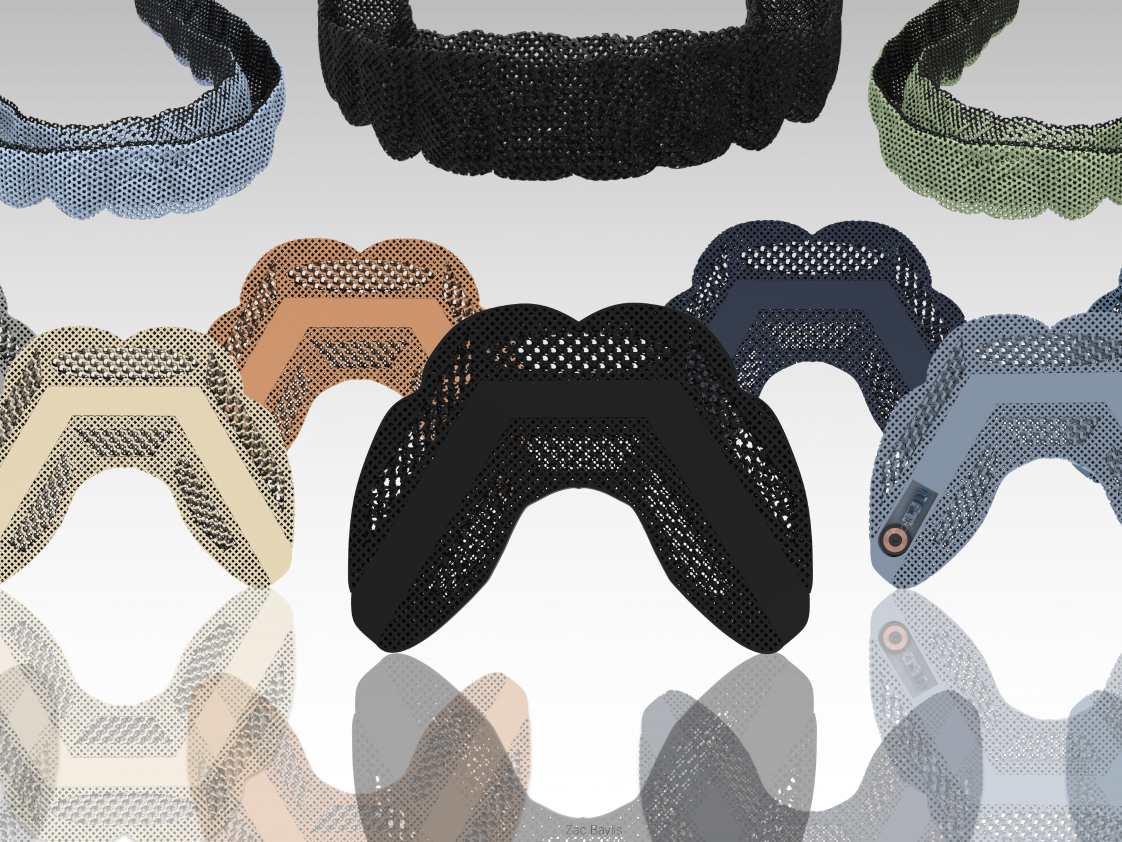The Problem
Single-use plastics are a growing issue that is accentuated by the culture of takeaways seen in the UK. Material is rarely recycled and consequently, material is not recovered.
The Opportunity
A gap in the system provides an opportunity for growth, DeliverE is a system that can be used to fill this void. The current user journey offers opportunities at multiple touchpoints that have otherwise been left untouched.
Our Aim
In the bustling food delivery world, imagine a game-changer: a holistic system that seamlessly weaves together everything, from crafting eco-friendly containers to dishing out delicious meals and then ensuring every container is responsibly recycled. Surprisingly, no such system dominates the market yet. Let's redefine the future of food delivery!
The Solution - DeliverE
The DeliverE system introduces a groundbreaking approach to sustainability in the food delivery arena. Leveraging the power of local economies, DeliverE taps into pre-existing infrastructures—from anti-contamination facilities in restaurants to established delivery mechanisms, all the way to mobile phone technology—to roll out its pioneering data systems. This approach ensures maximum benefit with minimal additional resource expenditure. In this model, takeaway containers are continually and systematically reused, making DeliverE not just a product, but a revolution in sustainable takeaway solutions.
The Container
A standout feature of the DeliverE container is its impressive longevity; 1 Life of the container equates to 260 Cycles. This is a game-changer when compared to the production demands of standard containers.
The System in Short
The DeliverE package includes a state-of-the-art digital component, enabling partners like JustEat to meticulously monitor data exchanges. Through the innovative use of scanning, every resource movement is tracked, facilitating an efficient closed-loop system.
Looking to the Future
Before the scope was set on a delivery service, our team was interested in any sustainable schemes that could be expected to roll out in the next 5 years. As a result, it was important to consider the implications of designing for the future, looking at the opportunities that will arise with new legislation and trends.
Scope Setting
Within these opportunities identified, a STEEPV was created to understand the scope of the issues and where they lie within the future timeline within which we are hoping to operate.
System Diagram - In Depth
Once delivery systems for fast-moving consumer goods such as the delivery sector was identified as our focus, a system diagram was created to illustrate how we could intercept the current system with DeliverE.
Initial Sketches
When developing the physical interface for the delivery cartridge, initial sketches were drawn up for review with our stakeholders and user group.
Feature Analysis
After initial reviews were completed, a finalized version of the container was created, and a feature analysis was reviewed to collate the useful new features if our design.
Technical Analysis
CAD modelling was the next step, with orthographic being drawn up and technical requirements being reviewed.
Stakeholders
A final review of the system stakeholders was created, identifying anyone and everyone who would be expected to interact with our design, allowing us to accommodate for as many user profiles as possible.
The Final Product
The final design was completed, a CAD model was used to create photorealistic renders and a summative review of the benefits of the new design was created.
The Team
This project was created as a part of a four-person team.
Zac Baylis - Rojeanne Stoffer - Bert Edwards - Max Matthews













